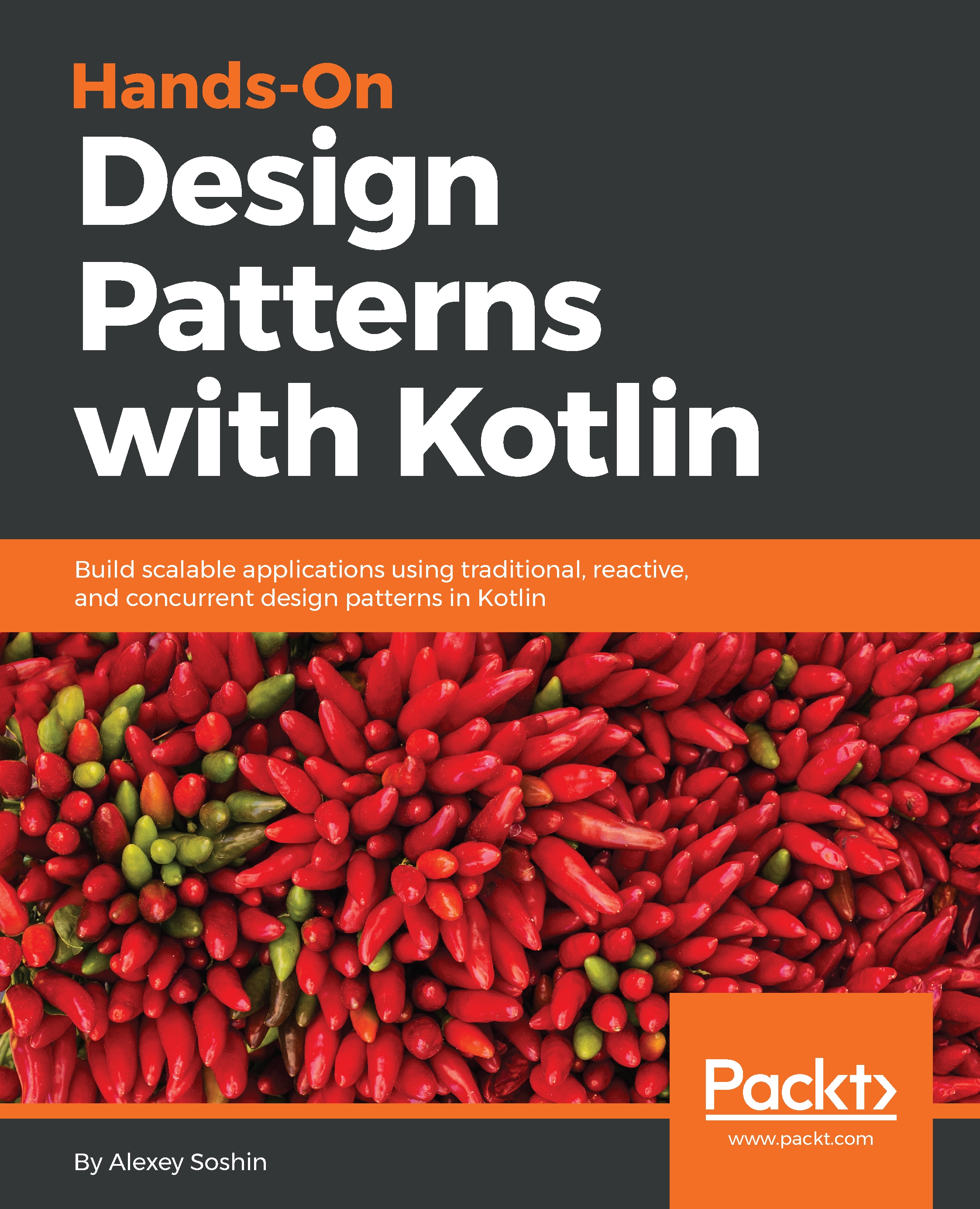The most basic concurrency model is provided by JVM threads. Threads allow us to run code concurrently (but not necessarily in parallel), making better use of multiple CPU cores, for example. They are more lightweight than processes. One process may spawn hundreds of threads. Unlike processes, sharing data between threads is easy. But that also introduces a lot of problems, as we'll see later.
Let's see how we create two threads in Java first:
new Thread(() -> {
for (int i = 0; i < 100; i++) {
System.out.println("T1: " + i);
}
}).start();
new Thread(() -> {
for (int i = 0; i < 100; i++) {
System.out.println("T2: " + i);
}
}).start();
The output will look something like this:
...
T2: 12
T2: 13
T1: 60
T2: 14
T1: 61
T2: 15
T2: 16
...
Note that the output will vary between executions, and at no point is it guaranteed to be interleaved...


